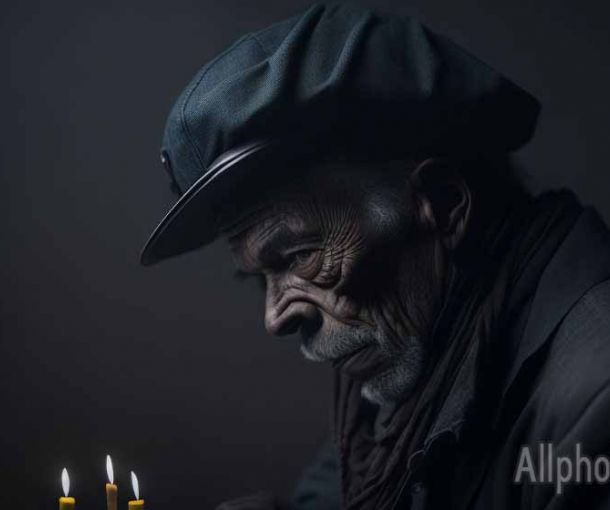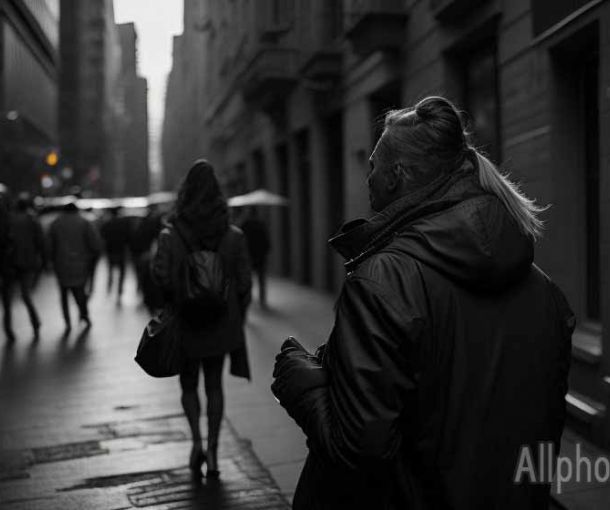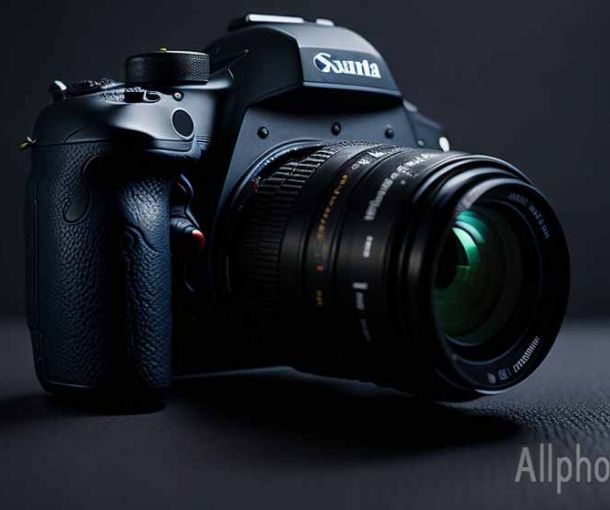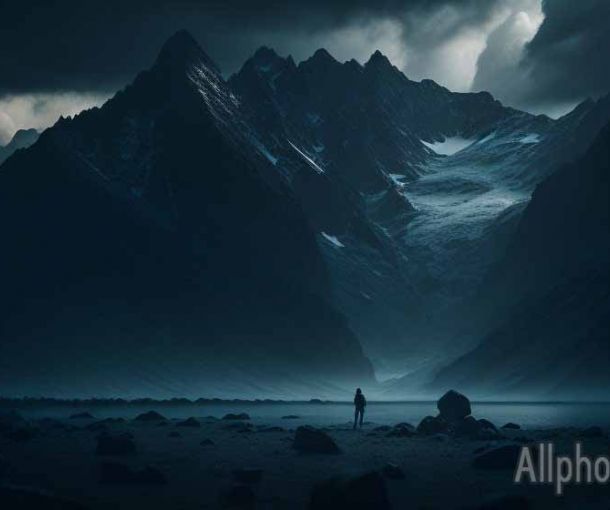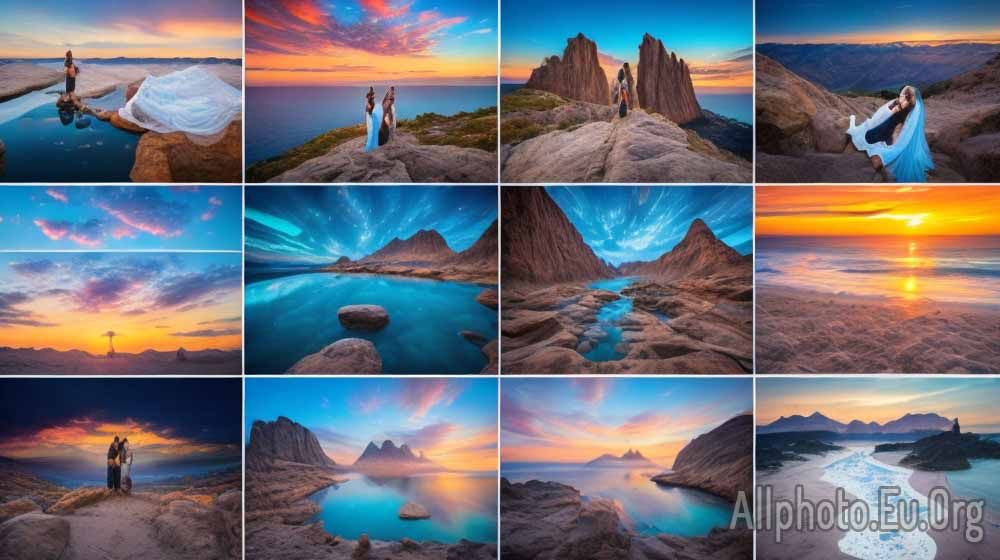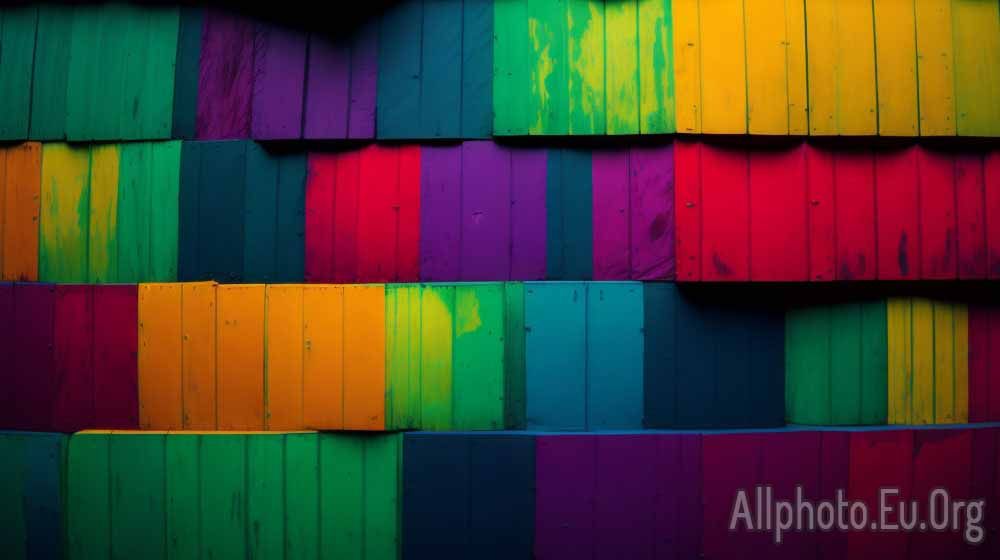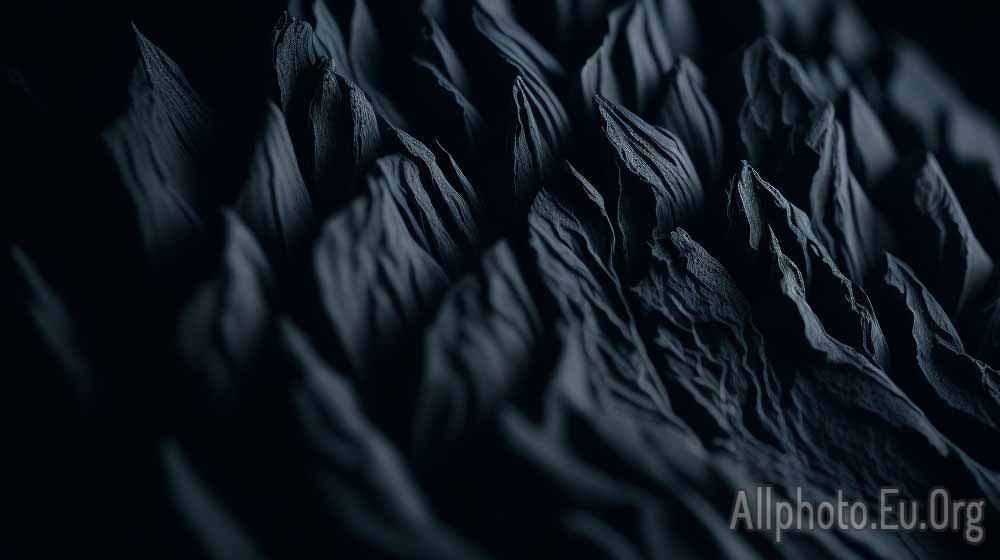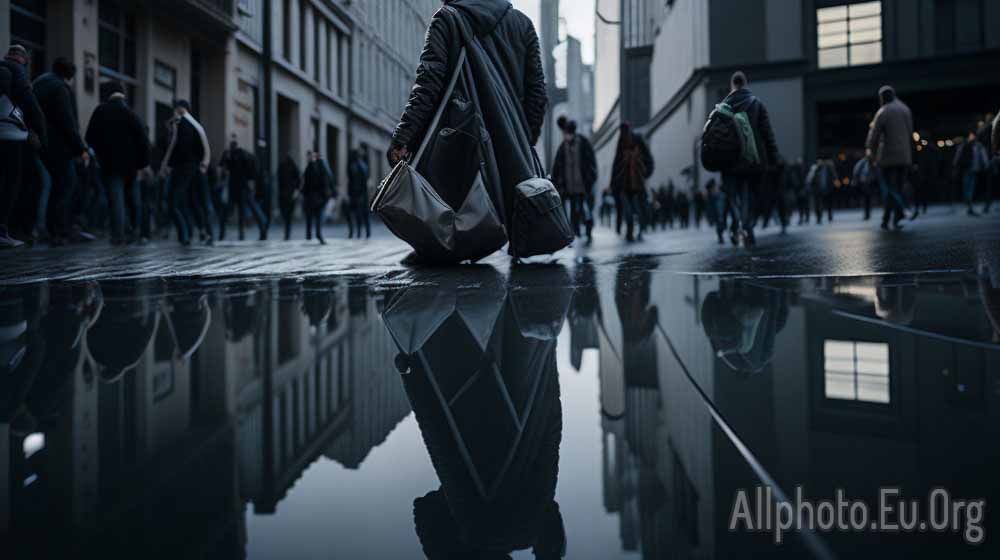The Importance of Depth of Field in Macro Photography: Creating Bokeh and Focus
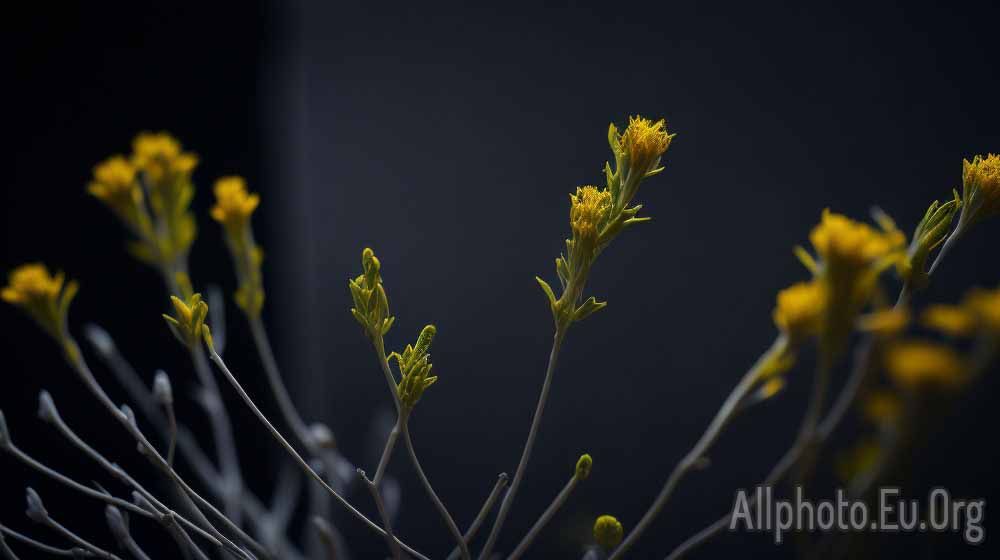
Macro photography is a type of photography that involves capturing close-up images of small objects, usually with a high degree of detail. One of the key factors that can make or break a macro photo is the depth of field. Understanding how to control depth of field is crucial for creating beautiful macro images that are sharp and in focus where they need to be, while creating a pleasing bokeh effect that can help draw attention to the subject.
Depth of field refers to the area of the image that appears sharp and in focus. When shooting macro photos, the depth of field is typically very shallow, meaning only a small portion of the image will be in focus while the rest is blurred out. This can be both a blessing and a curse, as it can make the subject stand out more, but it can also make it more challenging to get the desired sharpness and focus.
To achieve the desired depth of field in macro photography, you will need to use a combination of techniques and equipment. The first thing you will need is a macro lens. Macro lenses are designed to allow you to get very close to your subject while maintaining focus, which is essential for capturing the small details that make macro photography so fascinating.
Next, you will need to adjust the aperture on your camera. Aperture refers to the size of the opening in the lens that allows light to enter the camera. When shooting macro photos, you will want to use a wider aperture (lower f-stop number) to create a shallow depth of field. This will allow you to isolate the subject and create a beautiful bokeh effect in the background.
Another factor that can affect the depth of field in macro photography is the distance between the camera and the subject. The closer you are to the subject, the shallower the depth of field will be. This can make it challenging to get everything in focus, but it can also create a stunning effect that draws the viewer's eye to the subject.
To achieve the desired depth of field, you may also need to use manual focus. This is because autofocus can be unreliable when shooting macro photos, especially when using a shallow depth of field. Using manual focus allows you to focus on the exact point you want to be in sharp focus, giving you greater control over the final result.
In addition to these techniques, there are also a few other factors that can affect the depth of field in macro photography. One of these is the size of the sensor in your camera. Cameras with larger sensors will generally have a shallower depth of field, which can be an advantage when shooting macro photos. Another factor to consider is the lighting. Using a soft light source can help create a more pleasing bokeh effect, while harsh lighting can make the background appear more distracting.
In conclusion, understanding how to control depth of field is crucial for creating beautiful macro photos. By using a combination of techniques and equipment, such as a macro lens, adjusting the aperture, adjusting the distance between the camera and the subject, using manual focus, and considering the size of the sensor and the lighting, you can create stunning images that are sharp and in focus where they need to be, while creating a pleasing bokeh effect that draws attention to the subject. So, grab your camera, head outside, and start experimenting with depth of field in macro photography!
While controlling the depth of field is important in macro photography, it is also essential to understand the different types of bokeh and how they can affect the overall aesthetic of your image. Bokeh refers to the quality of the out-of-focus areas in a photo. Good bokeh can help to create a pleasing and dreamy effect, while poor bokeh can make the background appear distracting and unattractive.
There are two types of bokeh: creamy and busy. Creamy bokeh has a soft, smooth, and gentle effect on the background, while busy bokeh has a distracting and cluttered appearance. Creamy bokeh is ideal for macro photography as it allows the subject to stand out, while busy bokeh can make the image appear confusing and unappealing.
To achieve creamy bokeh, you will need to use a wide aperture and keep the distance between the subject and the background as far apart as possible. This will create a shallow depth of field, which will blur out the background and make the subject stand out. Additionally, using a lens with a wide aperture, such as f/1.4 or f/1.8, will help to create a creamy bokeh effect.
On the other hand, if you want to create busy bokeh, you will need to use a smaller aperture and get closer to the subject. This will make the depth of field deeper, allowing more of the background to be in focus. While busy bokeh can be useful in certain situations, such as when trying to create a chaotic or chaotic atmosphere, it is generally not recommended for macro photography.
In conclusion, understanding how to create a shallow depth of field and use creamy bokeh is essential in macro photography. By using a combination of techniques and equipment, such as a macro lens, adjusting the aperture, keeping the distance between the subject and the background as far apart as possible, and using a lens with a wide aperture, you can create stunning macro images with creamy bokeh that are sharp and in focus where they need to be, while creating a pleasing and dreamy effect. So, next time you're out shooting macro photos, remember to experiment with depth of field and bokeh to create stunning and unique images.
In addition to controlling the depth of field and creating creamy bokeh, it's important to focus on your subject and composition when shooting macro photography. By paying attention to these details, you can create stunning images that showcase the beauty of small objects and bring them to life in a way that is not often seen. So, whether you're a professional photographer or just starting out, keep these tips in mind and experiment with different techniques to create beautiful and unique macro photos.
Tags
Latest Articles
Most Read
All Tags
Subscribe
Donate
Please consider supporting our efforts.
© 2023 All-Photo.Cf All rights reserved.
